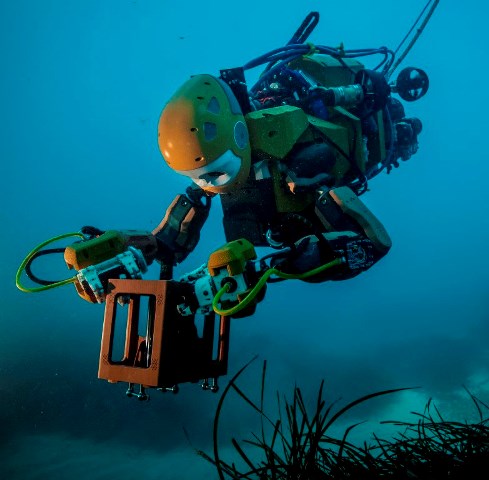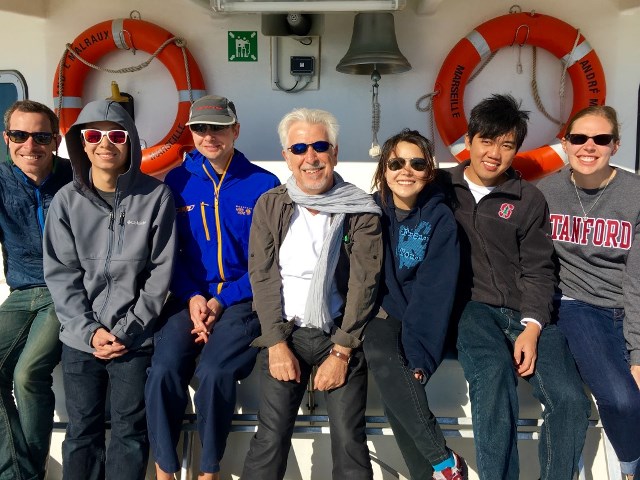Today, we can focus on the minute details of making robots effective because engineers have been involved in making them work for a long time. One of the earliest was “Eric,” a robot developed in 1928 by two Britons: Capt. W.H. Richards, a World War I veteran, and A.H. Reffell, an engineer. A team from the Science Museum of London is hoping to rebuild him according to archival information using a state-of-the-art technique: they have launched a Kickstarter campaign to raise the $50,000 needed for the project.
Eric looked pretty much like a child’s drawing of a robot: two arms, two legs, a body, and a head with facial features including eyes, ears, and a mouth. The humanoid appearance of Eric is probably what comes to mind when most people hear the word “robot,” yet when we look at industrial robots, they generally bear little resemblance to human beings. This dichotomy springs to life when we consider the primary robots of the Star Wars series, C-3PO and R2-D2; while the former appears humanoid, the latter looks more like an animated waste bin. One of the most recent robots to go into operation actually combines both the humanoid and industrial aspects of robotic design into a single system.

OceanOne handles a recovery basket while retrieving artifacts beneath the Mediterranean Sea.
Called OceanOne, it was developed by a Stanford University team headed by Oussama Khatib, professor of computer science and, by courtesy, mechanical engineering. OceanOne was conceived based on the need to study coral reefs in the Red Sea at depths far below what would be comfortable for human divers. Realizing that no existing robotic submarine could dive with the skill and care of a human diver, OceanOne was built using robotic, artificial-intelligence, and haptic-feedback technologies to provide the best of both worlds. Roughly five feet long from end to end, the torso of this “mer-robot” has a head with stereoscopic vision and two fully articulated arms and hands with sensors that give it a firm but delicate touch. The bottom, or “tail,” section houses batteries, computers, and eight multi-directional thrusters.
The initial sea trial of OceanOne took place this past April by sending it 100 meters down in the Mediterranean Sea to explore the wreck of La Lune , the flagship of King Louis XIV that sank there in 1664, 20 miles off of the southern coast of France. Under the guidance of Professor Khatib, the robot was able to spot a grapefruit-sized vase, hover precisely over it, reach out, feel its contours and weight, and stick a finger inside to get a good grip. OceanOne then swam over to a recovery basket, gently laid the vase in it, and shut the lid.

Professor Oussama Khatib (center) and his team from Stanford University the André Malraux during the successful launch of the robot OceanOne in the Mediterranean Sea for an exploration of King Louis XIV’s sunken flagship, La Lune.
During the dive, OceanOne was remotely controlled by Professor Khatib from aboard the André Malraux , an exploration vessel of the French Ministry of Culture’s Department of Underwater and Submarine Archeological Research (DRASSM). Based on the experience, Khatib believes the robot will be able to perform highly skilled underwater tasks too dangerous for human divers, as well as open up a whole new realm of ocean exploration. “OceanOne will be your avatar,” Khatib said. “The intent here is to have a human diving virtually, to put the human out of harm’s way. Having a machine that has human characteristics that can project the human diver’s embodiment at depth is going to be amazing.”
Stanford’s approach is one that can probably inspire many future robot designs: choose the best characteristics — human, animal, electromechanical — and combine them in a way that best suits the task at hand. Robots have already been created by the U.S. military that resemble pack animals; perhaps a robo-centaur will soon deliver packages to your home.
Advertisement
Learn more about Stanford University





